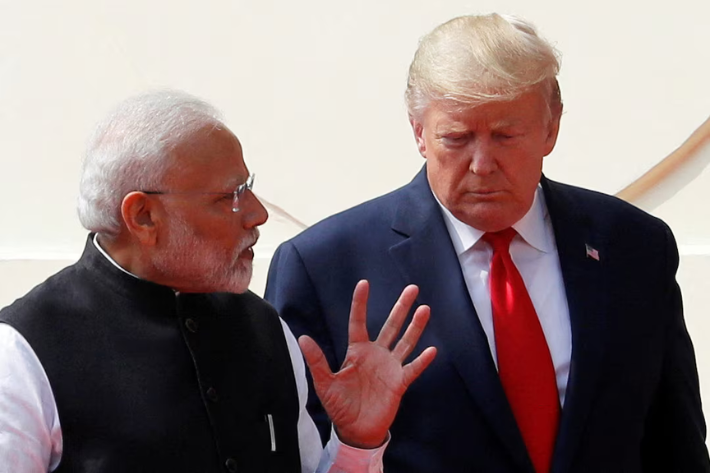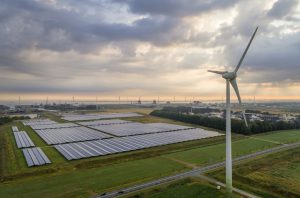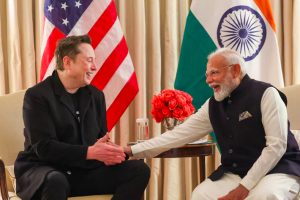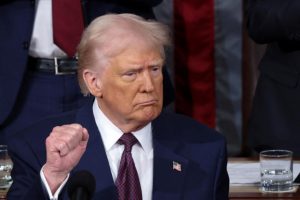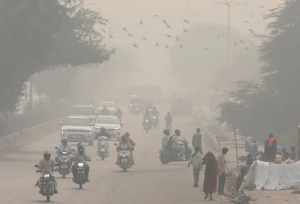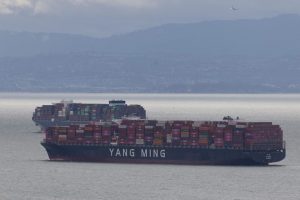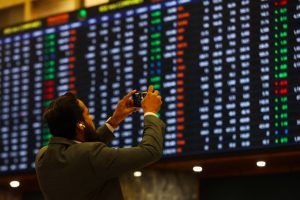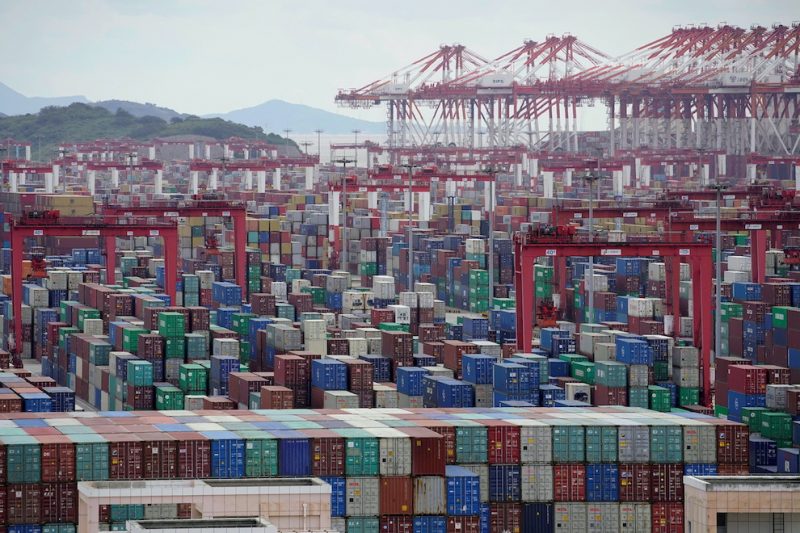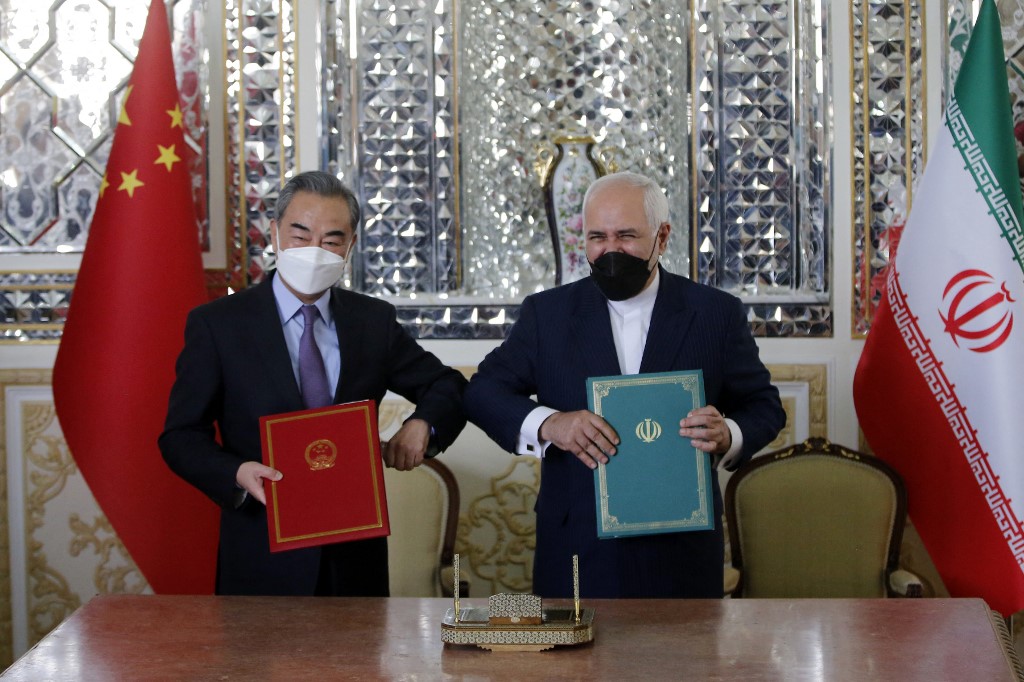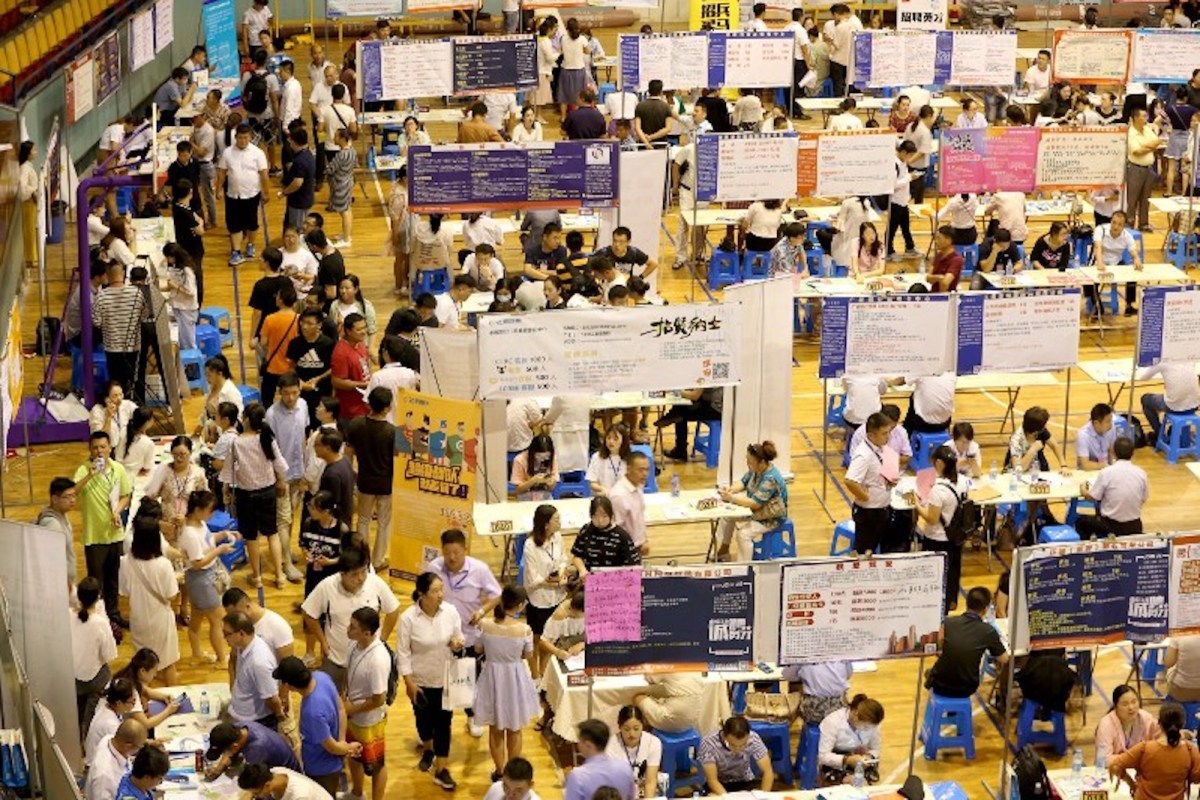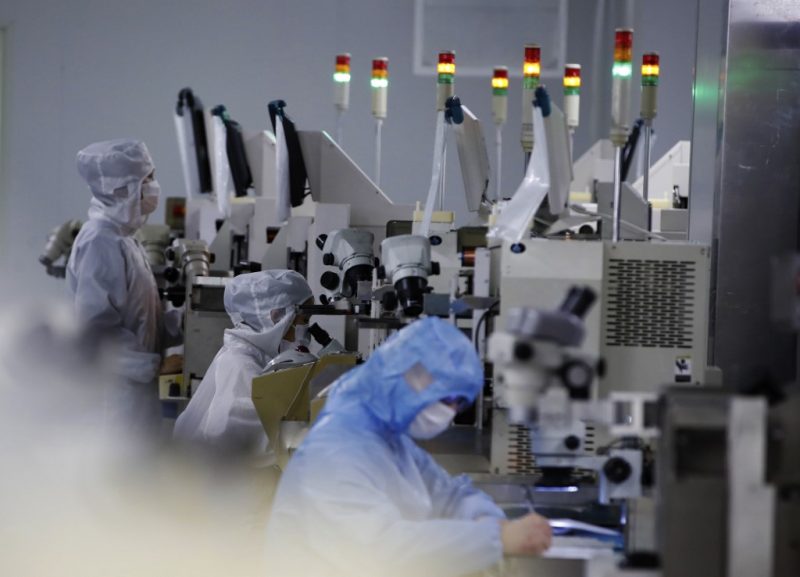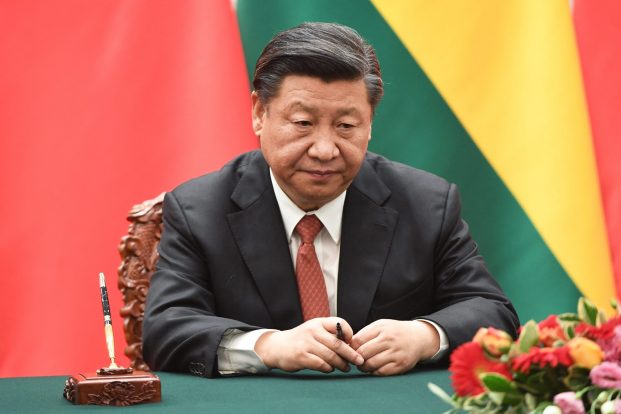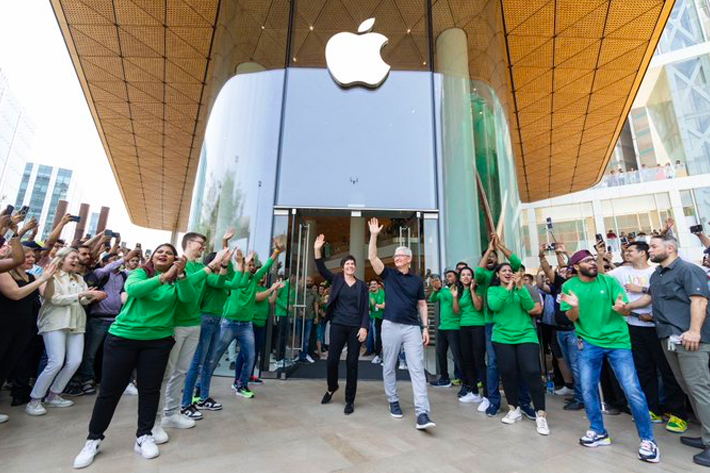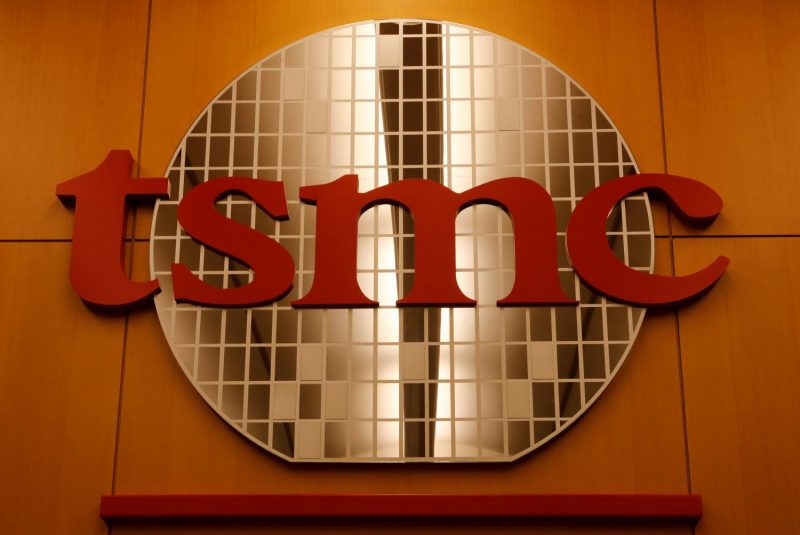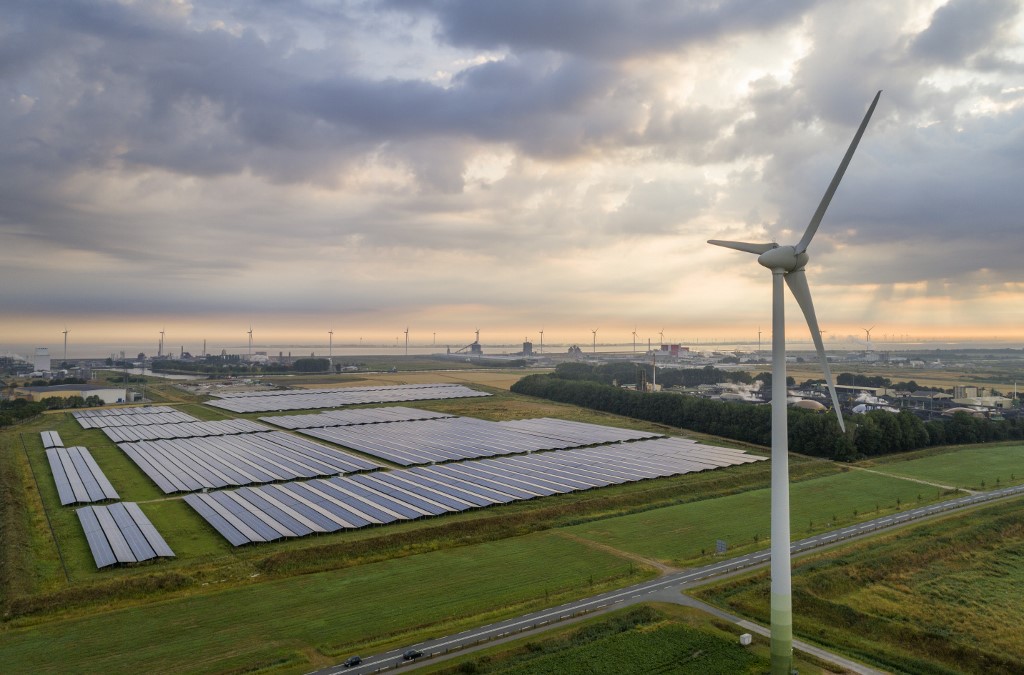Indian equities have lost nearly $180 billion in market value this week after US President Donald Trump said he would slap reciprocal tariffs on every country that taxes American products.
India, the world’s fifth-largest economy, faces the biggest hit from reciprocal levies due to its high tariff regime that has often been sharply criticised both domestically and globally.
Trump’s tariffs, if imposed, are likely to hurt key Indian exports such as electrical and industrial machinery, gems and jewellery, pharmaceuticals, iron and steel, textiles, vehicles, apparel and chemicals, experts say.
Also on AF: Trump’s ‘No Exemption’ Tariffs Rattle Chinese Steelmakers
Analysts at Morgan Stanley and Citi say India is vulnerable to a tariff hike of 4-6 percentage points.
That concern has led India’s blue-chip NSE Nifty 50 and BSE Sensex to slip more than 2% in the past two sessions. The broader, more domestically focused mid-cap and small-cap indexes, have slid a steeper 5%.
On Tuesday every one of the 13 major listed sectors had dropped by at least 1%. Among them, the most US-exposed pharma and IT sectors tumbled 1.9% and 1.5%, respectively.
About 87%, or 2,532, of the 2,918 stocks listed on the National Stock Exchange declined on the day.
In terms of market cap, the total value of all listed companies has fallen to $4.67 trillion from $4.85 trillion in the last two sessions.
Tariff concerns also pushed the Indian rupee to an all-time low on Monday, following which the country’s central bank spent between $4 billion and $7 billion to shore up the currency.
India’s ‘enormously high’ tariffs
The rout in Indian markets started after Trump said on Sunday that he would, later this week, announce reciprocal tariffs on all countries that impose duties on US goods.
Trump has previously called India a “very big abuser” on trade. Since November 25, when he first threatened tariffs, the Nifty index has fallen 4.7%.
That is much steeper than the drop in two of Trump’s main targets via tariffs — China, which is up 1.7%, and Canada, which is up 1%. Only Mexico’s 5.4% drop is higher than India’s.
The fall underscores India’s vulnerability to Trump tariffs, with Indian officials also admitting that the country’s average import tariffs are much higher than those of major trading partners including the United States, China and Japan.
Successive Indian governments have sustained a policy of protecting domestic industries such as autos, pharmaceuticals and farm sectors through state subsidies and high import tariffs
The list includes 32 items such as luxury cars, solar cells, yachts, sports vessels, devices used in building semiconductors, and other machinery, and some of them can attract import tariffs as high as 70%.
Trump’s close aide Elon Musk has also been a vocal critic of India’s “highest in the world” tariffs, and has shelved previous plans to sell his Tesla electric vehicles in the country after citing those levies.

Modi heading to US
To avoid a potential trade war, Indian Prime Minister Narendra Modi is set to make a two-day visit to the US this week, starting Wednesday.
Indian officials say Modi is considering slashing tariffs in at least a dozen sectors – including electronics, medical, surgical equipment and chemicals – ahead of that visit.
India is also in talks with the United States for the purchase and co-production of combat vehicles as well as finalising a fighter jet engine deal, people familiar with the matter said. That decision comes as Trump asked Modi in a call last month to buy more US-made security equipment and move “toward a fair trading relationship”.
India could also bump up its imports of crude oil and liquefied natural gas from the US this year, after being cut-off from Russian supplies due to American sanctions early this year.
Avoiding a China-like trade war
Trade ties between India and the US have grown steadily over the last decade, with Washington increasingly viewing New Delhi as a counterbalance to China’s growing regional influence.
In a statement on Monday, Modi said, there was scope to further deepen the India-US partnership in technology, trade, defence, energy, and supply chain resilience.
Modi’s early visit aims to avoid a “trade war-like situation that is happening between the United States and China,” one official told Reuters.
India is also open to discussing a possible mini trade deal, two government officials said.
In a bid to avoid President Donald Trump’s growing tariff actions, India has already reduced average import tariff rates to 11% from 13% on several items in the latest budget.
Officials at home suggest India will maintain a strategy of gradually reducing tariffs to temporarily protect domestic industries and boost their competitiveness.
“We can’t take a giant step. We have to take baby steps,” top tax official Sanjay Agarwal told Reuters last week.
- Reuters, with additional editing and inputs from Vishakha Saxena
Also read:
India Looking at Possible Trade Deal With Trump, Sources Say
Indian Carmakers Block EV Import Tax Cut to Prevent Tesla Entry
India’s High Taxes Will Crush Export Goals, Tech Ministry Warns
India Eyes Tariffs, Import Curbs to Tackle China Trade Gap
Enemy to Frenemy: West Revisits China Ties on Trump Uncertainty
Xi Jinping Seen Luring Trump Into a New US-China Trade Deal
Trump Inauguration: Cautious China Wants ‘A New Start’ With US
Trade Wars Would be ‘Catastrophic’ for World Economy: WTO




